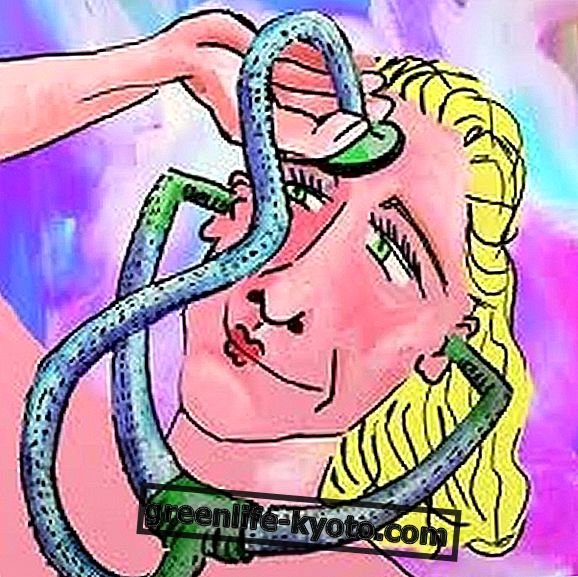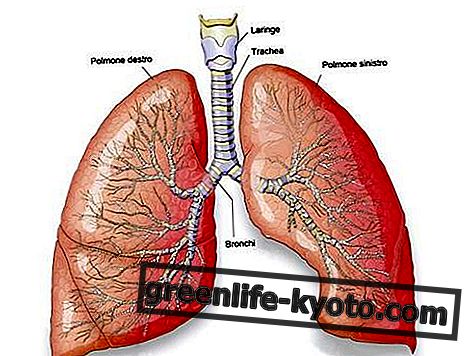
Read also Treatment of metamers, what it is and how it acts >> Since the 1970s the creator of the Sergio Lopez-Braña Method had investigated various techniques from acupressure to acupuncture to mass physiotherapy, but none was able to answer all the questions raised. Through the deepening of the anatomy and physiology of the human body, he came to have a great intuition: to send a message to the SNC Central Nervous System by starting a connection with the Periphery. To expand his scientific preparation he enrolled at the Faculty of Biology at the University of Genoa, which he attended until the 3rd year. Any dysfunction of the organism can be considered as a poor transmission of signals or messages between the various parts of the human body with the CNS. After various tests it came to the use of special glass as an ideal means for adequate rapid transmission and without side effects. Designed with different shapes and sizes according to the operational needs of talented glass artisans, today they are almost all colored. In fact, even color intervenes as an integral part in the transmission of messages and the new programs adapt to this . In the spaces between the vertebrae the spinal cord is easily reachable and very receptive to the stimulus transmitted by the pressure and rotation of the glass rods. The Method is risk-free, provided that the Braña Operators adhere strictly to what is taught in the courses: do not touch inflamed or painful areas, but always act upstream and downstream of a problem. It began with the teaching of the motor aspect to explain the insertion and origin of the muscles and how to untangle them in "new" manual ways. He then began a research path to develop a technique to stimulate neuromers, specific parts of the spinal cord (metamers), simultaneously with the areas of the body to be treated and to do this he understood that he had to "make a connection". Later he realized that his hands did not allow him to be precise about certain points of work he had discovered and so he decided to have special glass bars built for him that had characteristics suitable to the needs of the moment with a particular shape and size. He then understood that the motor part dissociated from the Nervous System could not lead to optimal results and deepened first the Autonomous Nervous System and subsequently the Central Nervous System. It continues to keep up to date following the various discoveries in the scientific world (biology, physiology, pharmacology, etc.) so that the Braña Method can always be at the forefront and respond to the needs and problems of contemporary society. As effects we find the postural rebalancing, the improvement of the sleep, a better concentration, a better functionality of the digestive apparatus and as a result also an aesthetic improvement of the subject. It is recommended for everyone, adults including pregnant women and children. For seniors it can be useful as a relief for age-related issues. For children it can be of help for a harmonious psychophysical growth, in athletes to improve muscular performance, for supportive seniors to maintain a good state of health, for those who carry out a stressful life to live better with the its own reality, for students to concentrate better in the study, for adolescents to better overcome any difficulties related to the particular evolutionary period. Each treatment cycle is linked to the subject's problems, as it is a personalized treatment. Each session includes a first relaxing phase followed by a personalized program using Braña neuromers, then a manual phase using a muscle massage and a Braña barycentric gymnastics of postural rebalancing up to a complete restoring / toning massage that concludes the session. The knowledge, training and updating of the Operator Braña is therefore fundamental, as a professional figure able to evaluate the type of ad hoc program to restore the psychophysical balance of those who undergo it.













